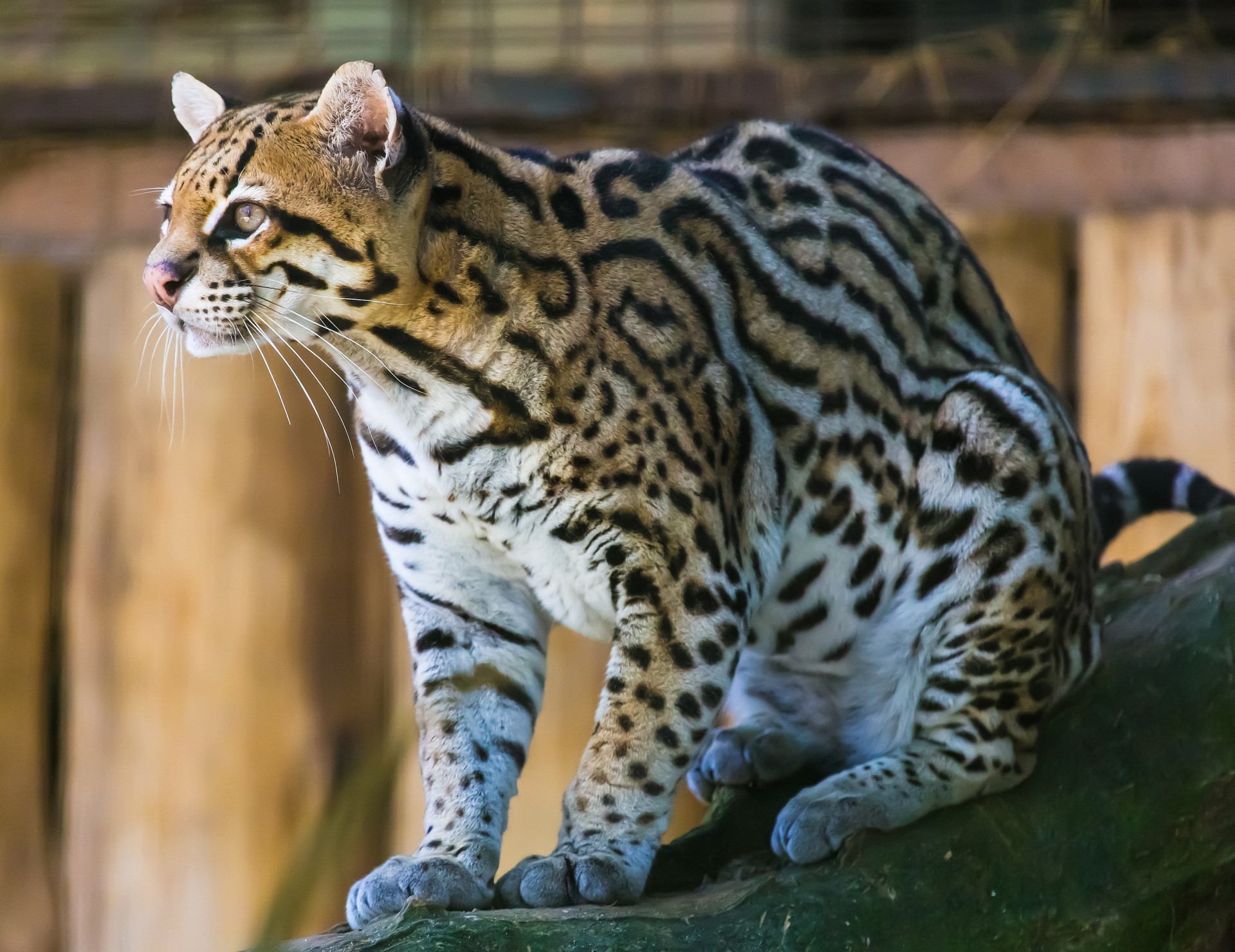Back in 2010, the 12 tiger countries in the world came together with an aim to double their tiger population by 2022 the next year of the tiger. This has failed and I will write about it in an article coming out tomorrow.
However, perhaps more alarming, there is currently almost 3 times as many tigers living in private collections in the USA than there are in the wild. Even with 12 years of hard work and much money spent the wild tiger population has increased to 3,900, yet in back yards across the USA there are estimated to be 10,000. Now some estimates are lower with the WWF estimating 5000 -though even this low estimate is still lower than the total in the wild. Importantly only 6% of these tigers are kept in facilities that are accredited as zoos, and the rest usually have no one who knows how to work with them. One of the problem with this, is that much of the USA tiger trade is there to provide tiger bones for traditional Chinese medicine.
While some of these are carefully looked after and are only bred amongst their own sub-species, others are are treated essentially as a large pussy cat. Why is keeping their sub-species pure? If captive tigers are to form a protective net against wild extinction, they must be capable of returning to the wild. For this we need each subspecies to remain genetically pure, so that they are able to retain their adaptions for each environment. If for instance, a Bengal tiger from India was released into the Siberian tiger range it would be unlikely to survive as it would not be able to cope with the cold. On the other hand, if the Bengal tiger was released in Sumatra, it could do great damage to the ecosystem as it is so much larger than the native tiger.
Although tigers are listed as endangered under the federal Endangered Species Act, the law still allows private possession of captive-bred tigers as long as they are used for conservation. Precisely how the US authorities can enforce this is anyone’s guess. Clearly, the majority of US tigers have nothing to do with conservation.
The fact that there are so many tigers in the USA can therefore be a threat to the long-term survival of wild tigers. However, it would seem that it is also a big threat to the survival of the Jaguar. Jaguar canines sell for $200-$300 in south America. However, sold in china as tiger teeth, they can go for $5000-$10,000. As a result, this tiger pet industry in the USA can lead to the destruction of not only tigers, but also Jaguars.
What is clear, is that the USA needs to get a grip in its domestic exotic pet trade and fast. There is no place for a big cat in someone’s home. If things continue to go as they are, USA will not only be responsible for much game hunting around the world, but could also lead to the extinction of other species to supply the pet trade.












